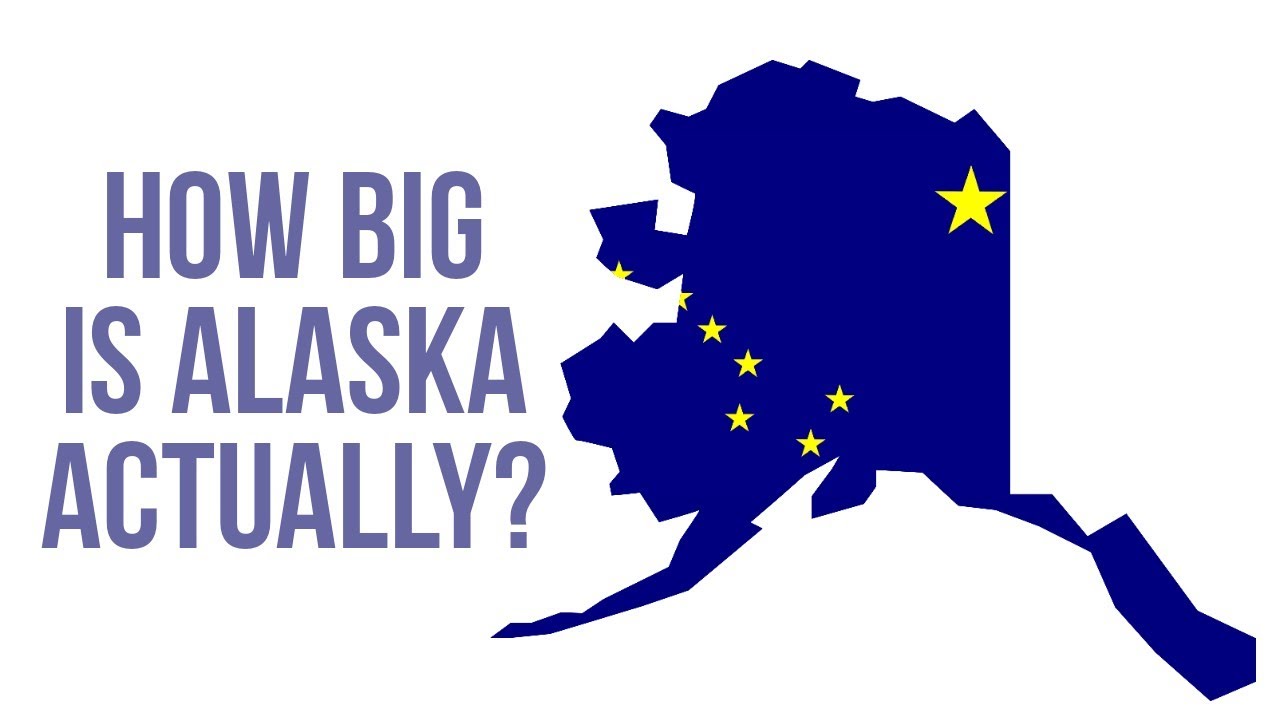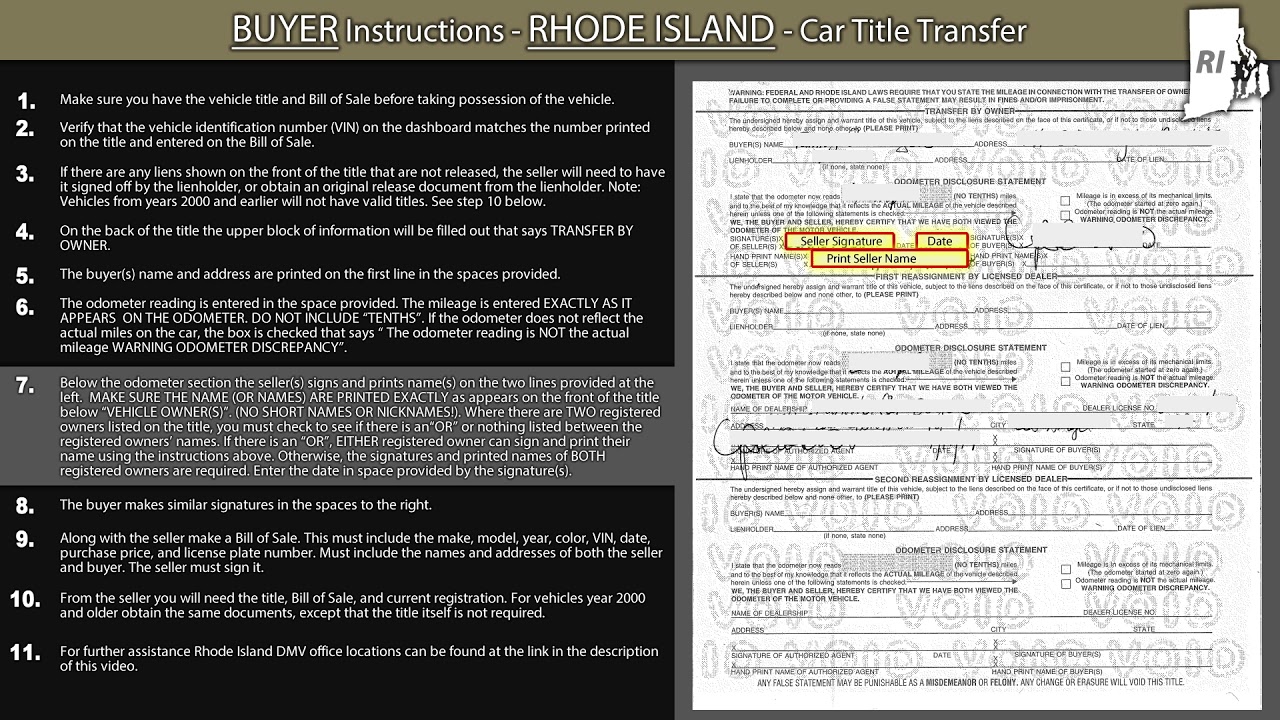Introduction: Understanding the size of Alaska and Rhode Island
Alaska and Rhode Island are two states in the United States that differ greatly in terms of size. While Alaska is known for its vast expanse, Rhode Island is renowned for its compactness. This article aims to provide a detailed comparison of the size of Alaska and Rhode Island, exploring various aspects such as land area, landmass, coastline length, population density, natural landscapes, urban charm, and ecological diversity. By delving into these factors, we can gain a comprehensive understanding of the contrasting sizes of these two states.
Geographical overview: Alaska’s vast expanse and Rhode Island’s compactness
Geographically, Alaska is situated in the northwest corner of North America, while Rhode Island is located in the New England region of the northeastern United States. Alaska shares borders with Canada, while Rhode Island is surrounded by Massachusetts, Connecticut, and the Atlantic Ocean. The difference in geographical location plays a significant role in shaping the sizes of these states.
Area comparison: Measuring the land area of Alaska and Rhode Island
When it comes to land area, Alaska eclipses Rhode Island by a vast margin. Alaska covers a staggering area of approximately 663,300 square miles, making it the largest state in the United States. In contrast, Rhode Island is one of the smallest states, with a land area of just around 1,214 square miles. The substantial difference in land area between these two states is remarkable.
Alaska’s colossal size: Unveiling the largest state in the US
Alaska’s colossal size is truly awe-inspiring. To put it into perspective, it is approximately 570 times larger than Rhode Island. Alaska’s vast expanse is characterized by majestic mountain ranges, expansive forests, and sweeping tundra. Its size is so immense that it is even larger than several countries worldwide. This sheer size contributes to the state’s unique and diverse landscapes.
Rhode Island’s petite stature: Exploring the smallest state in the US
In contrast, Rhode Island’s petite stature makes it stand out among the 50 states in the US. It is the smallest state both in terms of land area and overall size. Despite its compactness, Rhode Island manages to pack in numerous attractions, historical sites, and a vibrant urban landscape. Its small size also facilitates easy exploration and navigation within the state.
Landmass comparison: Analyzing the extent of Alaska’s and Rhode Island’s land
When comparing the landmasses of Alaska and Rhode Island, the difference is striking. Alaska’s landmass accounts for approximately 16.2% of the total land area of the United States, showcasing its immense size. On the other hand, Rhode Island’s landmass represents a mere 0.03% of the country’s land area. This comparison further emphasizes the stark contrast in size between these two states.
Coastline length: Evaluating the coastal boundaries of Alaska and Rhode Island
Alaska’s coastline stretches for an astonishing 6,640 miles, making it the longest coastline among all the states in the US. Its vast coastal boundaries are home to fjords, glaciers, and numerous islands. In contrast, Rhode Island’s coastline spans a modest 384 miles, which may seem small in comparison but still offers beautiful beaches, picturesque lighthouses, and bustling harbors. Both states showcase unique coastal landscapes despite the significant difference in length.
Population density contrast: Comparing the number of people per square mile
The population density of Alaska is remarkably low, with an average of only 1.3 people per square mile. This is primarily due to its expansive land area and rugged terrain. In contrast, Rhode Island has a much higher population density, with approximately 1,022 people per square mile. The variation in population density between these states highlights the impact of land size on the distribution of people.
Exploring Alaska’s wilderness: An overview of vast natural landscapes
Alaska’s colossal size enables it to boast a wide range of natural landscapes, including mountains, glaciers, forests, rivers, and vast stretches of untouched wilderness. It is home to Denali, the highest peak in North America, as well as breathtaking national parks like Wrangell-St. Elias and Kenai Fjords. Alaska’s expansive land provides ample habitat for diverse wildlife, making it a nature lover’s paradise.
Rhode Island’s urban charm: Discovering the compact state’s cities
Despite its small size, Rhode Island is known for its vibrant urban areas. The state’s capital, Providence, offers a thriving arts scene, historic architecture, and renowned educational institutions like Brown University. Other cities such as Newport and Warwick also contribute to the state’s urban charm, with their picturesque waterfronts, cultural attractions, and rich history. Rhode Island’s compactness allows for easy exploration of its urban centers.
Ecological diversity: Examining the range of ecosystems in Alaska and Rhode Island
Alaska’s vast size enables it to encompass a wide range of ecosystems, including Arctic tundra, boreal forests, coastal wetlands, and alpine meadows. This ecological diversity supports a plethora of plant and animal species, including iconic inhabitants like grizzly bears, bald eagles, and salmon. In contrast, Rhode Island’s ecosystems are more limited due to its smaller size, with a focus on coastal habitats, salt marshes, and deciduous forests.
Conclusion: Understanding the contrasting sizes of Alaska and Rhode Island
In conclusion, Alaska and Rhode Island represent two extremes in terms of size within the United States. Alaska’s colossal size, expansive landscapes, and diverse ecosystems showcase its status as the largest state in the country. In contrast, Rhode Island’s petite stature, vibrant urban centers, and coastal charm highlight the possibilities within a small area. Understanding the size differences between these states allows for a deeper appreciation of the unique qualities they each possess.





